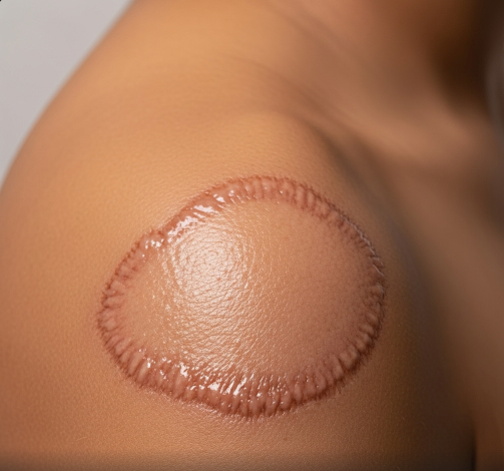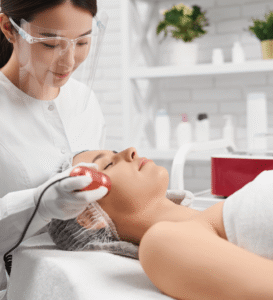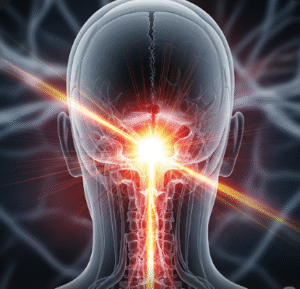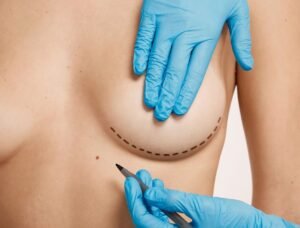Overview
Keloid scars are abnormal, raised scars that form as a result of an overactive healing process following skin injury. Unlike typical scars, keloids grow beyond the original wound boundaries, creating thick, often unsightly tissue. They can develop anywhere on the body but are especially common on areas with high skin tension such as the chest, shoulders, back, and earlobes. Keloid scars may cause discomfort, itching, and psychological distress. Korea offers state-of-the-art treatments combining advanced surgical and non-surgical techniques to effectively manage keloids and minimize recurrence.
What Is a Keloid Scar?
A keloid scar is an overgrowth of dense fibrous tissue that develops after skin injury such as cuts, burns, surgical incisions, acne, or piercings. It results from excessive collagen production during wound healing. Unlike hypertrophic scars, which stay within the original wound site, keloids grow beyond, sometimes becoming large and raised with irregular borders. Keloids are benign but can be persistent and difficult to treat.
Symptoms
- Raised, thick, and firm scar tissue that extends beyond the original injury
- Color ranging from pink or red to dark brown, depending on skin tone
- Itching, tenderness, or pain in the scar area
- Cosmetic disfigurement causing self-consciousness
- Possible restriction of movement if near joints
Causes
- Skin injury triggering abnormal wound healing
- Overproduction of collagen by fibroblast cells during repair
- Repetitive trauma or infection in the scar area
- Genetic predisposition influencing scar formation
Risk Factors
- Darker skin tones (African, Asian, Hispanic populations) are more prone
- Family history of keloids
- Younger age groups (10 to 30 years) with more active skin regeneration
- Injury location with increased skin tension (chest, shoulders, earlobes)
- Repeated injury or irritation to healing skin
Complications
- Persistent itching, discomfort, or pain
- Cosmetic concerns impacting psychological well-being
- Scar contracture causing restricted movement if near joints
- Recurrence and enlargement after treatment
Prevention
- Proper wound care to minimize infection and irritation
- Avoid unnecessary trauma to healing skin
- Use of pressure dressings or silicone sheets on at-risk wounds
- Early treatment of abnormal scarring signs
- Avoidance of piercings or tattoos in prone individuals
Treatment Options in Korea
Korea provides comprehensive and advanced treatment modalities for keloid scars, including:
- Surgical Excision: Precise removal of keloid tissue, often combined with adjuvant therapies to reduce recurrence.
- Intralesional Corticosteroid Injections: Steroids injected directly to reduce collagen production, inflammation, and scar size.
- Silicone Gel Therapy: Silicone sheets or gels applied to scars to hydrate and soften tissue, preventing excessive scar formation.
- Laser Treatments: Fractional CO2 and pulsed dye lasers improve texture, color, and flatten scars by remodeling scar tissue.
- Cryotherapy: Freezing scar tissue to reduce size and symptoms.
- Radiation Therapy: Low-dose radiation post-surgery to inhibit fibroblast activity and prevent regrowth.
- Pressure Therapy: Custom pressure garments applied to high-risk areas to suppress scar growth.
- Emerging Therapies: Korean medical centers also explore novel options such as interferon therapy, 5-fluorouracil injections, and stem cell treatments.
Multidisciplinary teams of dermatologists, plastic surgeons, and rehabilitation specialists in Korea ensure personalized care plans tailored to scar severity and patient needs, maximizing cosmetic and functional outcomes.













